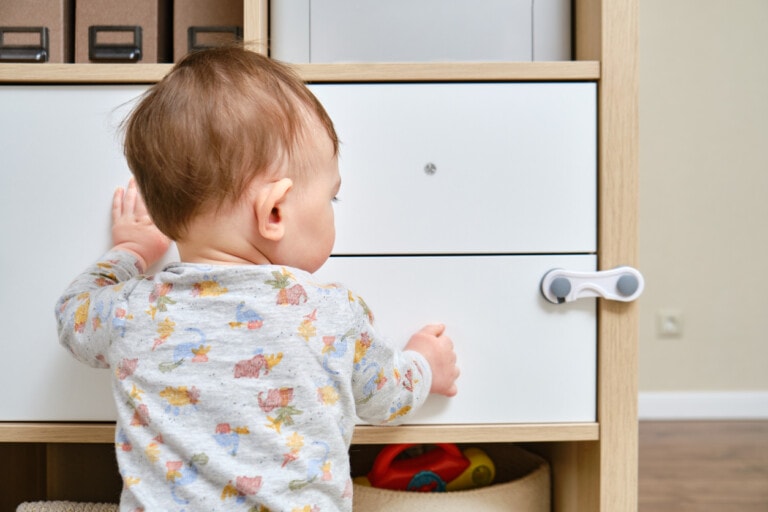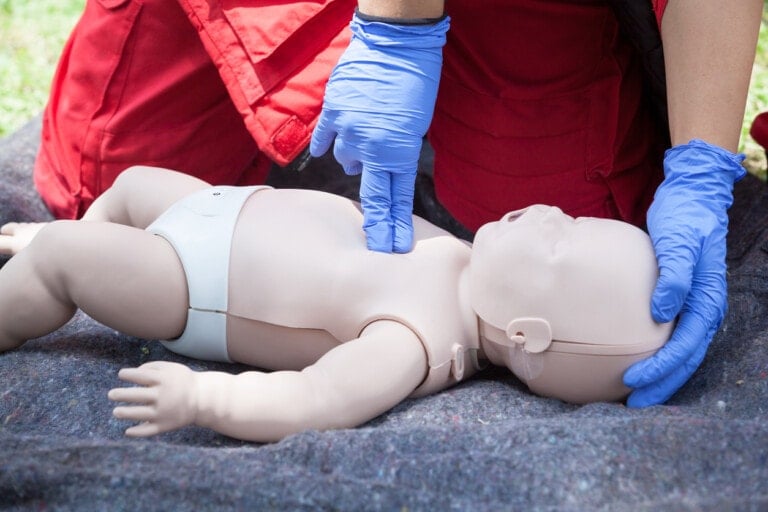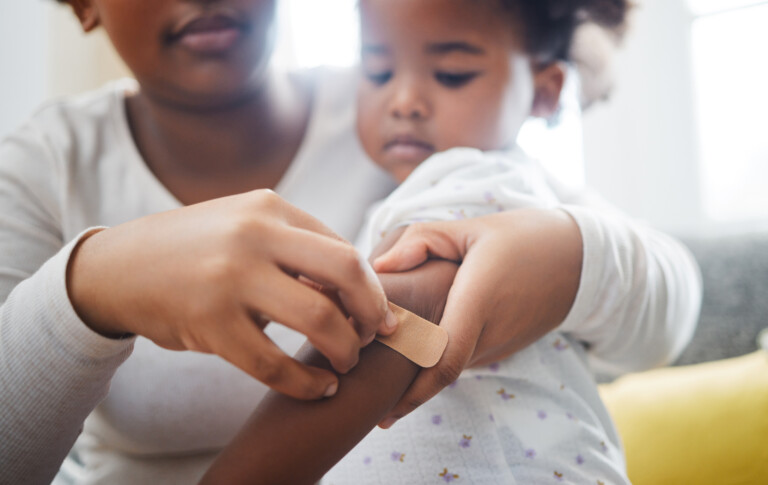When you become a mom, one of your strongest instincts is to protect and shield your child from anything and everything harmful. When your child becomes old enough to stray from your well-protected nest, it can be a nerve-wracking and stressful season if you’re unsure how to teach your children some important tips on stranger danger and keeping themselves safe.
While the past practice has taught kids not to trust “strangers” or unknown people, that isn’t necessarily the best way to protect your kids from dangerous people. Unfortunately, 91% of sexual abuse happens by someone the child knows.1 Non-family abductions comprise only 1% of children reported to NCMEC (most missing children either run away or are taken by a family member).2 With statistics like these, “stranger danger” seems a bit of a non-issue. So what is a mom to do?
First, teach your kids who strangers are. There are “strangers,” or people you and your family don’t know well. These people may look nice and not at all scary, and that’s important for kids to understand. Then there are “safe strangers,” or people the child may not know but can generally trust, like a police officer or a firefighter. Second, use this list below of tips to teach your kids to stay safe outside your presence.
Safety Tips to Teach Your Child About Stranger Danger
While this list of tips is not the only way to get the job done, it will give you a head start and, hopefully, some peace of mind.
1. No One Should Touch Your Private Parts
Teach your children about body safety early. Start using proper names for genitalia and teach them to your child. Take the shame out of talking about a “penis” or a “vagina” and make it a topic they can easily discuss with you. Teach them that no one should touch their private parts (not adults or other children) and that no one should ask them to touch their private parts. Explain that mommy and daddy can see them naked and a doctor, but only if mommy or daddy is with them. Also, teach them that no one should take pictures of their private parts or show them pictures of private body parts. Make sure they know that, no matter what, if anyone attempts to do these things, no matter who they are, your child should come to you immediately and that they will not be in trouble.
2. Never Get Into a Car or Leave With a Stranger
Teach your child to never get into a car or leave with strangers they do not know, no matter what the person says. Start practicing role-playing scenarios and coach your child on responding to stranger danger in different situations.
3. Know and Practice a Family Code Word
Assign a unique and easy-to-remember code word to your family. It may be easy for a child to remember not to get in a car with a stranger, but what about someone they know? Teach your child that even if they know the person, unless that person uses the family code word, your child is not to go with them. Period.
4. Look for a “Safe Stranger” or a Mom With Kids When in Trouble
In a perfect world, an alert, uniformed police officer would always be standing within shouting distance of your child, ready to pounce on any villain who may try to pull unsavory shenanigans. Unfortunately, this is not the case. If your child can’t find a “safe stranger” like a police officer or firefighter, train them to look for a mom with kids if they are lost or feel unsafe.
5. Don’t Be Afraid To Yell “No!” and Make a Scene
Americans tend to make it a point to train our children to behave and use manners, especially in public. But when your child feels threatened or unsafe, they need to understand that being loud and rude is okay. Teach your child to yell or scream things like “NO!” “Where’s my mom?” “Who are you?” “Leave me alone!” or simply, “HELP!” is okay under these stranger danger circumstances, as are kicking, biting, punching, and throwing a fit.
6. Don’t Ever Keep a Secret From Mom & Dad
Drill it into your kid’s brain that they will never be in trouble for telling you or a trusted family member if someone has made them feel unsafe or uncomfortable or has asked them to do anything regarding their private parts. Assure them that, even if the perpetrator has told them they will get in trouble or hurt their family if they told, that they are lying and that it is ALWAYS okay to tell mom and dad any secret.
7. Trust Your Gut
Teach your child to trust their gut instincts. It can be hard to explain that to a young child, so perhaps explain it as an “uh-oh” feeling: an uncomfortable feeling in their tummy that tells them something is wrong. Tell them that when they feel that feeling, find a “safe stranger” or talk to you or another trusted adult and tell them about it. Also, be sure to encourage them that even if their “uh-oh” feeling is ultimately wrong, it’s better to listen to their gut and be cautious than to ignore it.
Navigating the scary world of “stranger danger” can be a hard topic for parents and kids alike. All we want as parents is to keep our babies safe, but our world can make that very difficult. Start talking to your kids about strangers and body safety early, and implement these tips sooner than you think you need to. The more you talk about it and practice safety strategies with your kids, the more prepared you and them will be to let them stretch their wings safely when the time is right.































